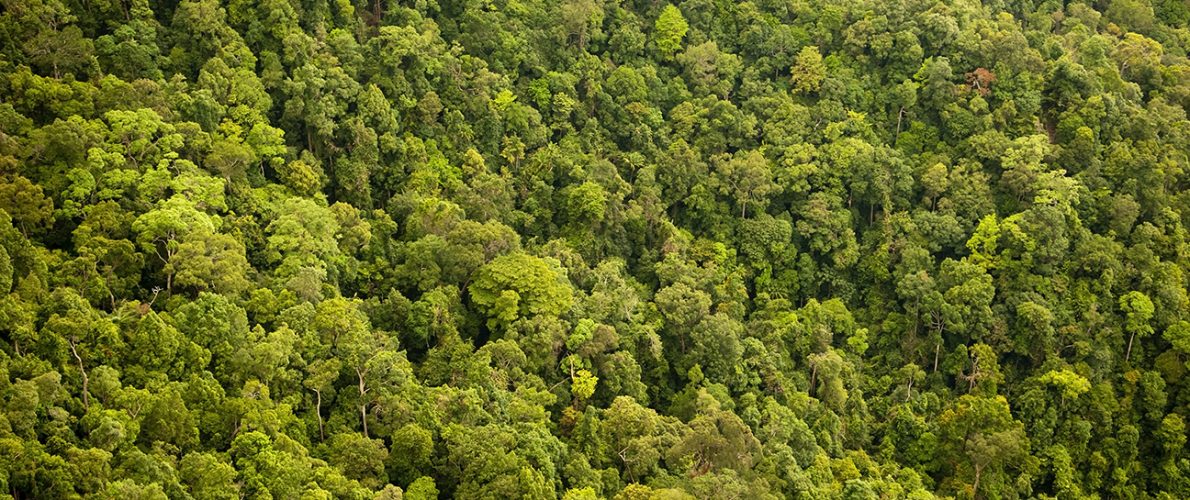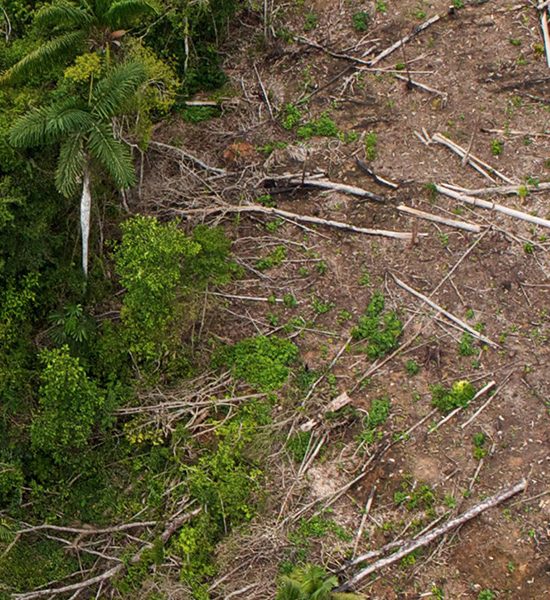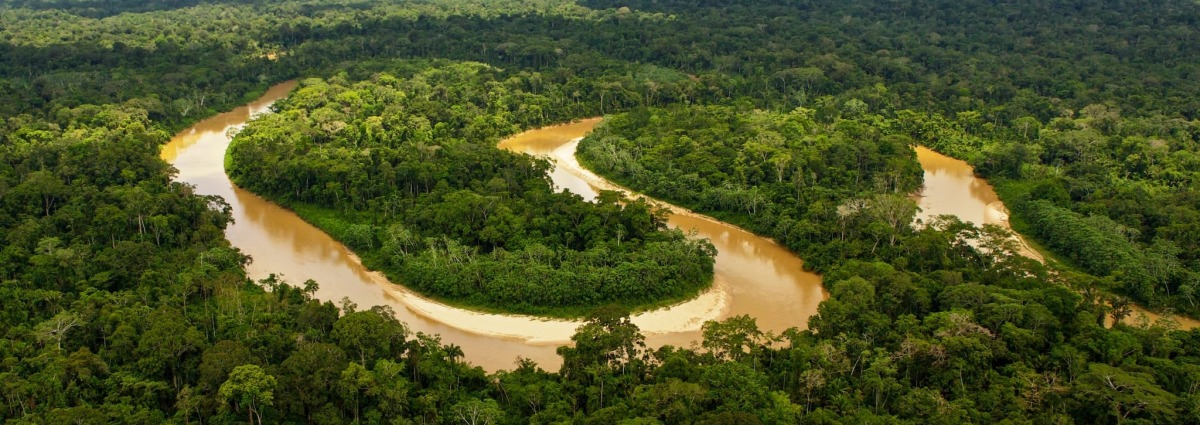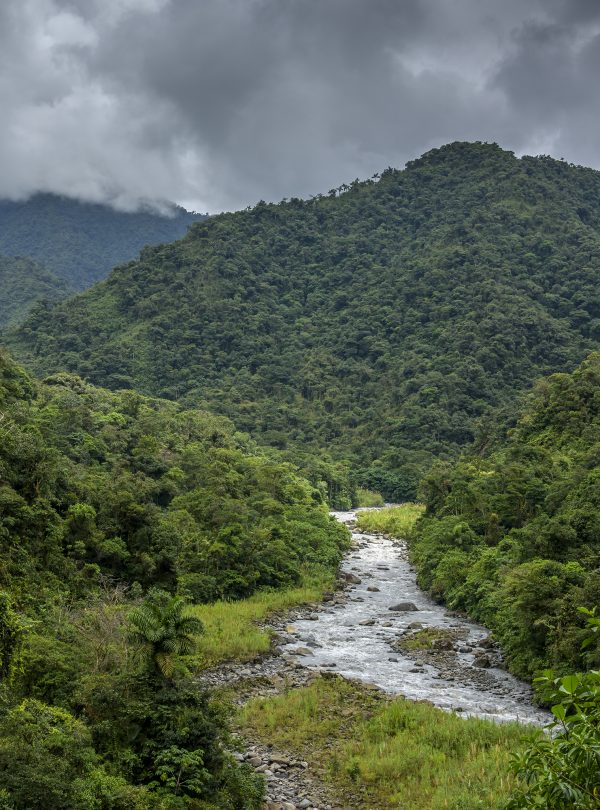
Protecting the Wild Heart of the Amazon
Support Other Projects Like ThisSupport Other Projects Like ThisRainforest Trust is working with CEDIA to create a Sierra del Divisor National Park, a White Sands National Reserve and a buffer zone of community territories on the western edge of the Sierra del Divisor.
-
Species at Risk
Red Uakari Monkey (EN), Jaguar (NT), South American Tapir (VU) and Goeldi’s Monkey (VU)
-
Carbon stored
(Not Calculated)*
*(metric tons of CO2 equivalents) -
Partner
CEDIA (Center for the Development of an Indigenous Amazon)
-
4,957,059 Proposed Acres Conserved by
Designation
-
Project Cost: $2,989,800

4,957,059
Rainforest Trust is working with CEDIA to create a Sierra del Divisor National Park, a White Sands National Reserve and a buffer zone of community territories on the western edge of the Sierra del Divisor.
-
Species at Risk
Red Uakari Monkey (EN), Jaguar (NT), South American Tapir (VU) and Goeldi’s Monkey (VU)
-
Carbon stored
(Not Calculated)*
*(metric tons of CO2 equivalents) -
Partner
CEDIA (Center for the Development of an Indigenous Amazon)
-
4,957,059 Proposed Acres Conserved by
Designation
-
Project Cost: £2,247,969

4,957,059
Climbing from an immense plain of unbroken rainforest, the Sierra del Divisor Mountain Range stretches more than 600 miles along the Peru-Brazil Border in the heart of the Amazon Basin. Complete with plunging waterfalls, dormant volcanic cones, wild rivers, pristine forests and uncontacted tribes, this largely unknown and unexplored range is one of the Amazon’s last true wildernesses. The region, which is home to a biological community rich in rare and threatened species, is located in the center of a ten-million-acre multinational wildlife corridor and is one of the highest conservation priorities in Peru.
The Sierra del Divisor faces imminent threats from oil and mining development, road and pipeline construction, over-fishing and illegal logging. Unchecked, these threats could destroy the area in a matter of years.
To permanently protect the Sierra del Divisor and the biodiverse lands surrounding it, Rainforest Trust is working with Peruvian partner CEDIA to establish two protected areas with a buffer zone that will span 5.9 million acres.
Contributions for the project will be used to create a Sierra del Divisor National Park, establish a White Sands National Reserve and obtain land titles for 57 community territories that will form a buffer zone around the protected areas. Funds will also provide financial assistance to install park infrastructure, create management plans for protected areas and provide indigenous communities with training in park protection.
History of the Sierra del Divisor Reserved Zone
More than twice the size of Grand Canyon National Park, the Sierra del Divisor Reserved Zone was created in 2006 by decree of the Peruvian Government with a temporary designation status. To determine its ultimate status, an advisory committee of government and private sector representatives was created.
After a lengthy decision-making process, the committee recommended that the majority of the area be transformed into a national park. With the support of the committee, our Peruvian partner CEDIA will work with the Peru’s national park service to complete necessary fieldwork for park creation.
Explore Peru

The Jaguar of Latin America, by Jeffrey Zack

Baby South American Tapir, also called Brazilian Tapir or Lowland Tapir, by Nick Fox

Lakes in Sierra del Divisor, by CEDIA
Biodiversity
Due to its unique geological formations and varied soils, the Sierra del Divisor holds an impressive number of rare and endemic species.
Although the area has yet to be thoroughly studied, a rapid biological inventory conducted in 2005 found several dozen species that are potentially new to science. Based upon these findings, researchers expect that future surveys will lead to the discovery of even more species. Historically inaccessible, the Sierra del Divisor remains a refuge for plant and animal species threatened elsewhere in the Amazon.
- Of the 38 medium and large mammal species confirmed to live in the Sierra del Divisor, 20 are threatened. Mammals found include Jaguars, Giant Armadillos and South American Tapirs.
- The area hosts a remarkably high number of primate species. Of the 33 species found in the Amazon Basin, 16 are found in the Sierra del Divisor, more than any other protected area in Peru, including Manú National Park. Habitat for two of these threatened primates, the Red Uakari Monkey and Goeldi’s Monkey, remains unprotected in Peru.
- A total of 3,500 plant species are thought to exist in the area; so far over 1,000 have been identified. Ten of these—including four species of trees—are new to science. Species of commercially valuable trees (such as Mahogany) that are logged at unsustainable levels in most areas of the Amazon are found in comparative abundance here.
- Scientists believe as many as 300 fish species inhabit the streams and rivers of the Sierra del Divisor Mountains. So far, 109 species have been found in the area, including 14 species new to science or previously unrecorded in Peru.
- Of 365 confirmed bird species, several are endemic to the region’s white-sand forests, including the Rufous Potoo and Fiery Topaz. The Acre Antshrike, previously known to inhabit a single ridge in Brazil, is only found in the Sierra de Divisor. As many as 570 bird species may frequent the area.
- 109 species of amphibians and reptiles have been found in the Sierra del Divisor, including several species new to science and previously unidentified in Peru. The Sierra del Divisor is a key wildlife corridor and functions to connect surrounding Jaguar populations.
Challenges
Once protected by its remote location, the Sierra del Divisor is now besieged by a variety of threats that could destroy it forever. Proposed oil exploration, gas pipelines and road construction projects pose serious challenges that grow every year.
Neighboring areas already devastated by mining and logging highlight the urgent need for permanent protection. Unregulated commercial fishing and hunting jeopardize native animal populations. Equipped with freezers, fishing boats are now harvesting fish at unprecedented levels, which could lead to local extinctions. The area also attracts poachers since it’s a sanctuary for many exotic and rare species.
Road Construction
In 2003, the Initiative for the Integration of the Regional Infrastructure of South America (IIRSA) proposed construction of a new road that would connect the city of Pucallpa in Peru to the Brazilian town of Cruzeiro do Sul. The road is part of a larger transoceanic route that would link Pacific and Atlantic seaports. Construction plans place the highway in or near the Sierra del Divisor Reserved Zone. If built, the highway would have devastating effects. Construction of Amazonian highways facilitates the invasion of non-native species, restricts habitat, spreads disease to indigenous communities and provides loggers with access to millions of acres of forest. In the Brazilian Amazon, almost 90 percent of deforestation takes place within 60 miles of government-built roads. For now, talks between the Peruvian and Brazilian governments have slowed due to disagreements about road locations and transportation method (road or rail). The creation of a Sierra del Divisor National Park will add enormous legal hurdles to prevent road construction, protecting millions of rainforest acres from logging.
Communities
An exhausting 20-hour boat ride from the nearest city, the remote Sierra del Divisor Mountain Range remains nearly uninhabited.
The few people living within its borders reside in temporary riverside dwellings and follow traditional hunting and gathering practices. About 20 communities of long-established indigenous families and colonists exist outside its borders. THE ISKONAWA The Sierra del Divisor is often called “siná jonibaon manán,” or the “land of the fierce people,” among indigenous peoples. These “fierce people” are the Iskonawa, an indigenous tribe of 300-400 people that continues to live in voluntary isolation in the Iskonawa Territorial Reserve. With the arrival of Europeans in the 16th century, the Iskonawas disappeared into the forests of the Sierra del Divisor. The Iskonawa possess an encyclopedic knowledge of the local environment and maintain a subsistence lifestyle that causes little impact on the lands they inhabit. The creation of protected areas will serve as a buffer around traditional Iskonawa territory.
Solutions
To protect the Sierra del Divisor, and the many threatened, undiscovered and endemic species it contains, Rainforest Trust is working with CEDIA to create a Sierra del Divisor National Park, a White Sands National Reserve and a buffer zone of community territories on the western edge of the Sierra del Divisor.
Rainforest Trust will work closely with local communities that have a stake in the future of these lands. This project will directly benefit over 9,000 people in 57 peasant and indigenous communities.
Sierra del Divisor National Park
Although significant steps have already been taken toward creating the Sierra del Divisor National Park (including biological and cultural studies), more work is required before park status is conferred. Because Peru’s park service lacks the resources to conduct these final steps, CEDIA will assume this responsibility and manage the necessary fieldwork. This includes determining if Iskonawa territory overlaps with the proposed park boundary as well as investigating and resolving the status of individual farmers that settled in the area prior to 2005. Finally, it will require settling disputed oil concessions that overlap with the proposed park in several areas. Once the park is established, CEDIA will work with Peru’s park service and local communities to implement a management plan, create a management committee made up of governmental and community representatives, draft a monitoring plan with the participation of local communities, offer forest guard training courses, and provide needed infrastructure and equipment to ensure effective protection.
White Sands National Reserve
After demarcating the boundaries of the White Sands National Reserve, CEDIA will begin the process of annulling illegal logging concessions that overlap with the proposed natural area. Once the reserve is established, CEDIA will work with local communities and park officials to develop management and monitoring plans for the area.
Buffer zone CEDIA will work with peasant and indigenous communities in areas adjacent to the White Sands National Reserve and the Sierra del Divisor National Park to obtain legal land titles. Once titles are granted, these communal lands will form a buffer zone around the protected areas. Ensuring these communities are well governed is crucial if good land management decisions are to be made. By means of workshops and ongoing courses, communities will receive training in community organization, governance and record keeping. CEDIA will also help these communities create sustainable management plans for their communal properties. CEDIA Founded in 1982, CEDIA was one of the first conservation organizations to work in the Amazon and pioneered conservation in this largely unprotected part of Peru. CEDIA is led by its founder and Executive Director Chávez, who has more than four decades of experience in the Amazon and is regarded as one of Peru’s most accomplished conservationists. By maintaining a solid working relationship with Peru’s government over the last 30 years, CEDIA has protected more than 15 million acres of Amazon rainforest through the creation of national parks, sanctuaries, indigenous reserves and community land titling. For 13 years, we have worked with CEDIA to create seven protected areas and indigenous reserves totaling over five million acres.

We Value Transparency.
Conservation work is critical, challenging, and can be costly. We work hard to ensure we raise only the funds needed for each project. In the rare case we raise more money than needed or a project comes in under budget, excess monies will be transferred to the Conservation Action Fund. This fund supports our important conservation work throughout the tropics.
Learn more about the Conservation Action FundLearn more about the Conservation Action Fund



Partnering to Save Rainforest
Our partners’ ability to work with their governments and build strong connections with local communities ensures the successful implementation of our projects.
Learn More About This PartnerLearn More About This Partner
